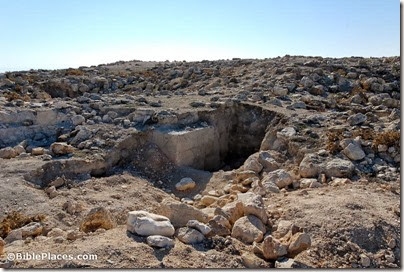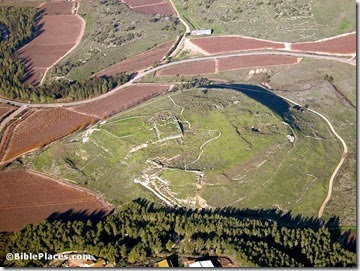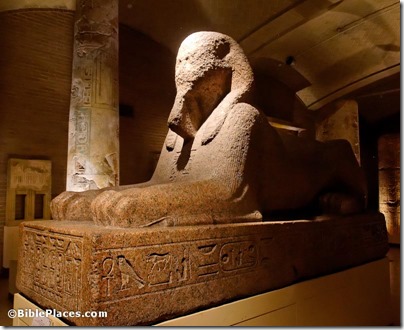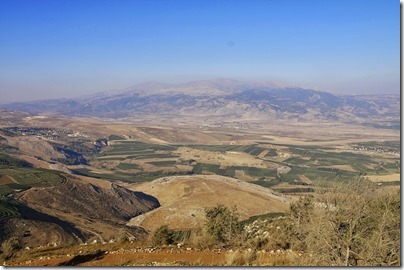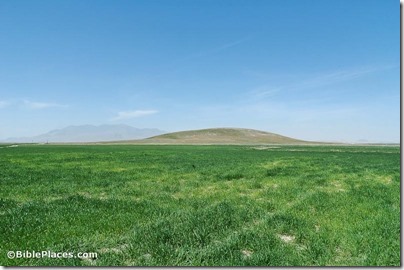From the Jerusalem Post:
Antiquities Authority anti-theft officers and police from the Kiryat Gat station arrested a man on Sunday from Moshav Sde Moshe suspected of stealing antiquities from archeological sites in the Lachish region.
A few months earlier, Antiquities Authority enforcement officials caught him with a metal detector digging illegally in an archeological site, and they began to perform surveillance on him.
[…]
The arrest came two days after Antiquities Authority enforcement officials caught three men, two from Beit Lehem [Bethlehem] and one from Kfar Nahalin, illegally digging in an archeological site in Eila [Elah] Valley, near Beit Shemesh.
According to enforcement officials, the antiquities theft industry is a highly lucrative multi-million dollar illicit business involving illegal excavators, dealers and collectors working in Israel, the West Bank and abroad.
The most highly-skilled excavators come from villages in the South Hebron Hills, where generations have made a living illegally excavating antiquities from archeological sites within the Green Line. They search for all types of relics, but particularly coins from the Bar-Kochba era, which can fetch thousands of dollars from collectors abroad.
The full story is here. For every one they catch, there are probably 99 they miss.
UPDATE: A follow-up article is posted here.
Photo from Judah and the Dead Sea
